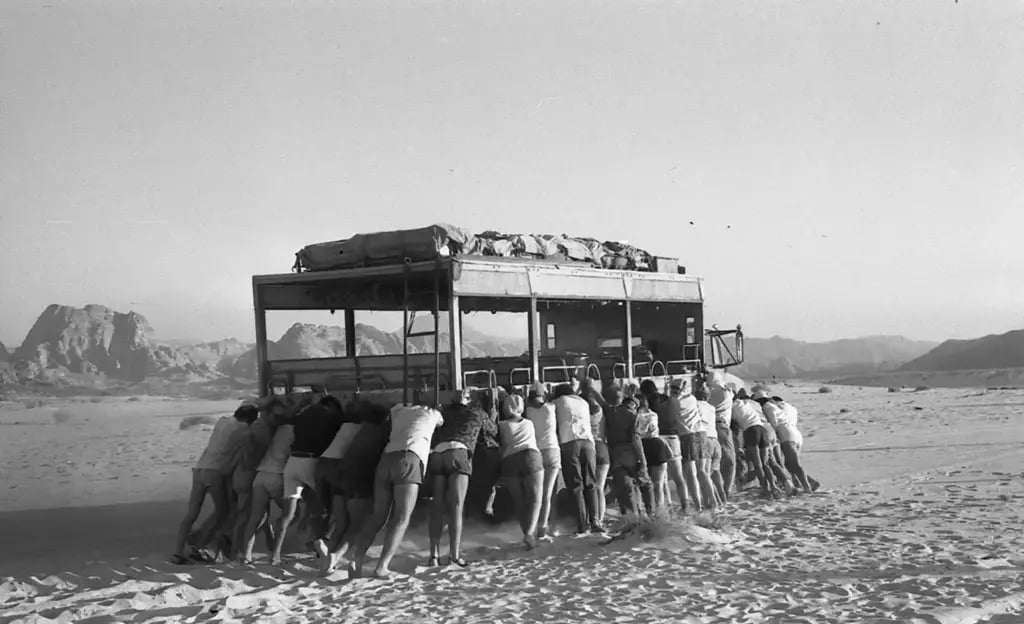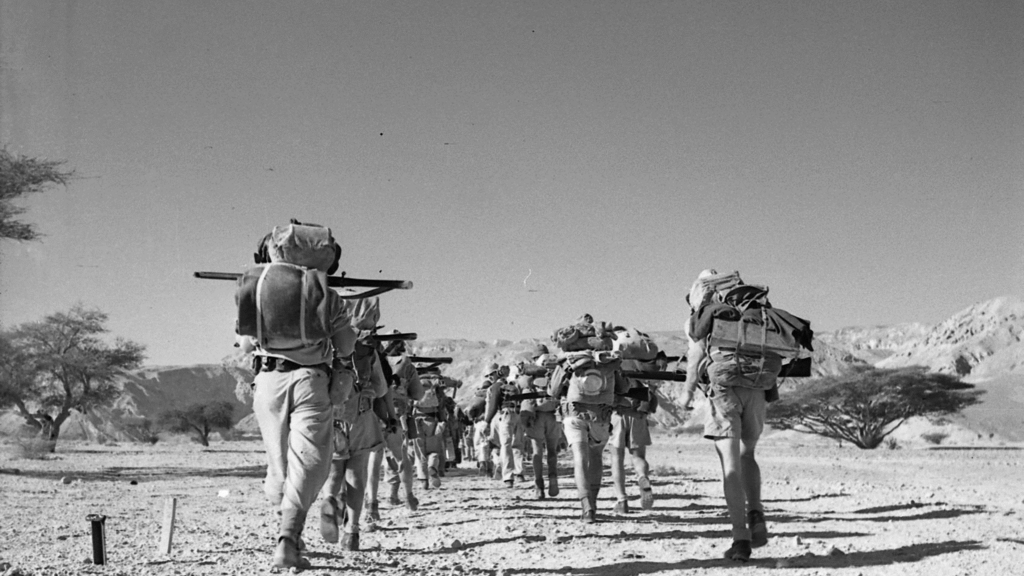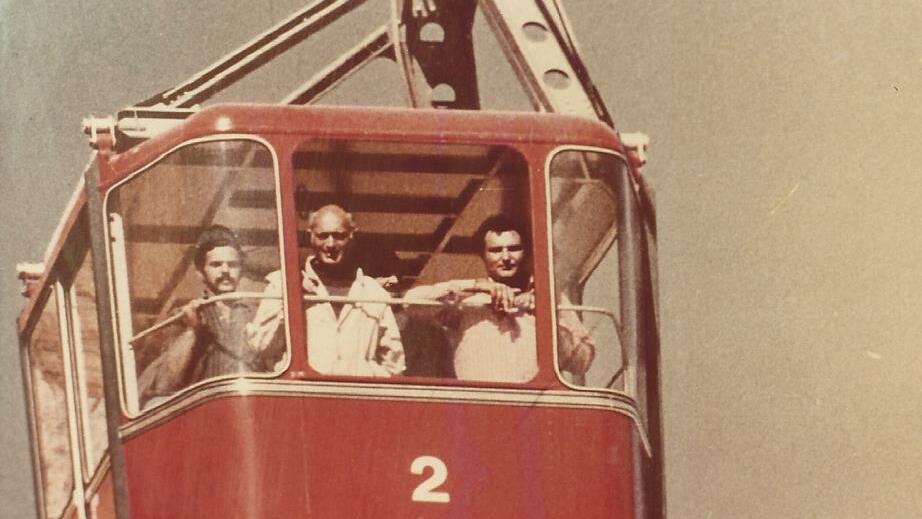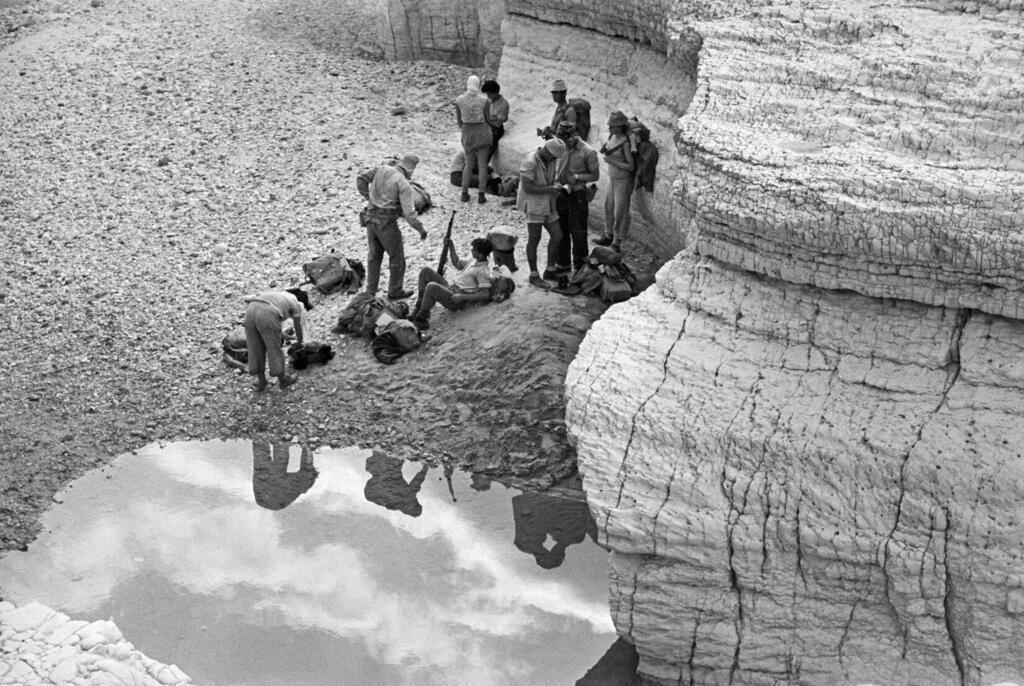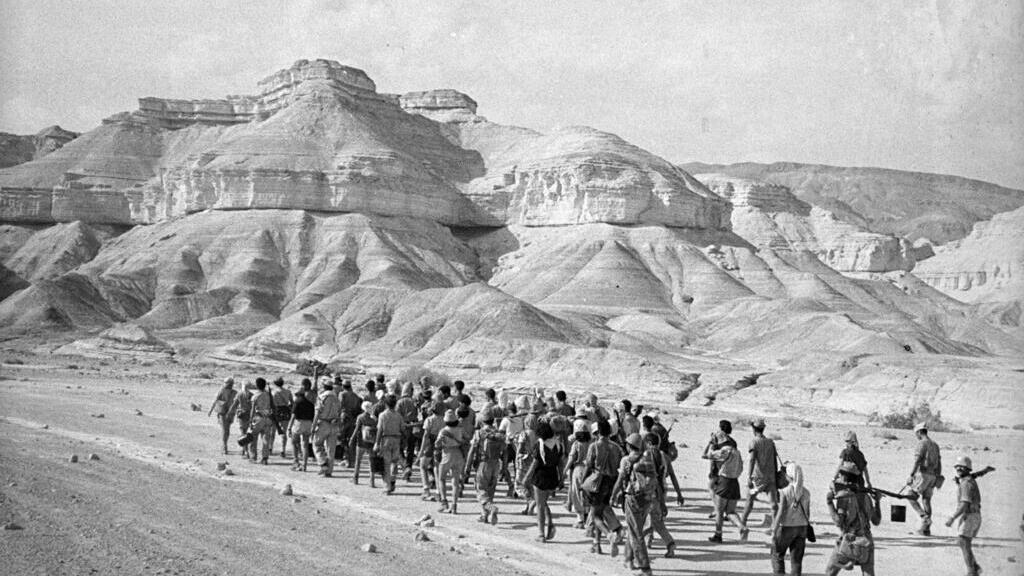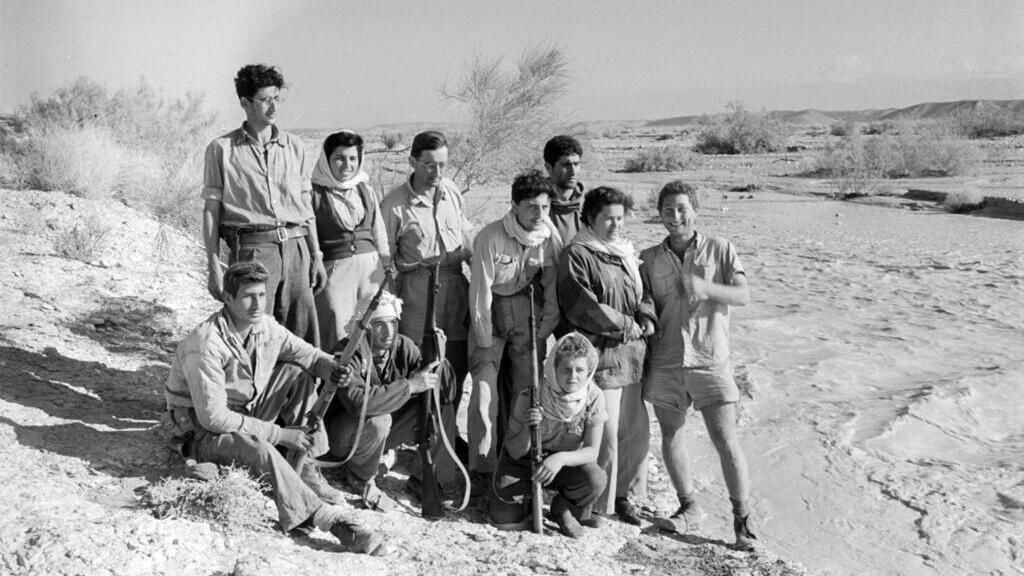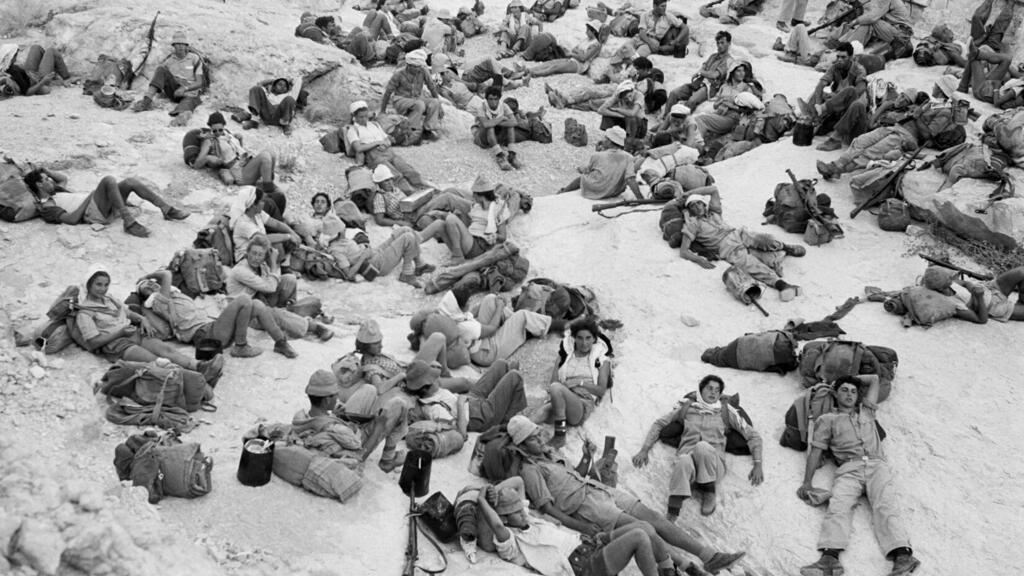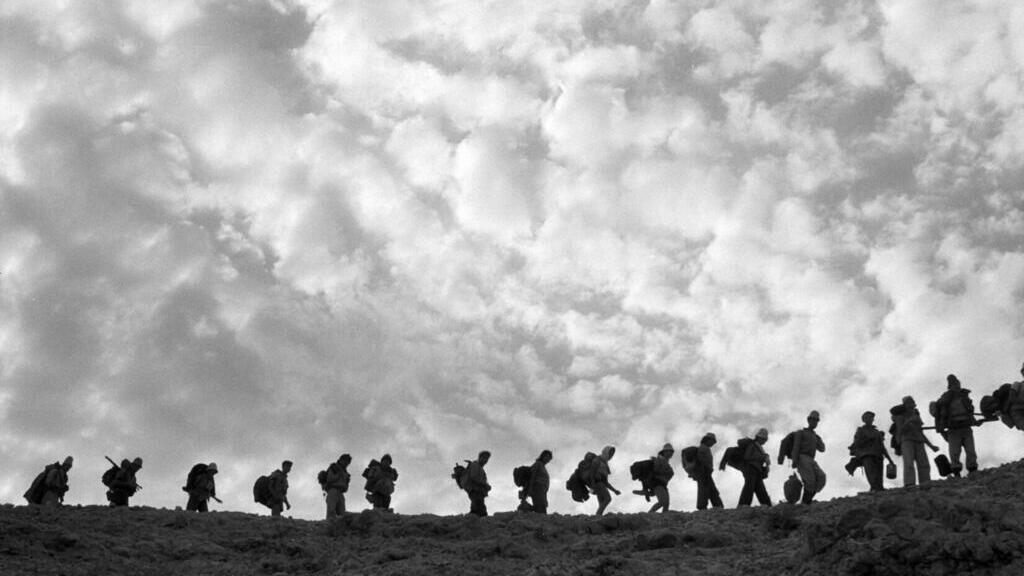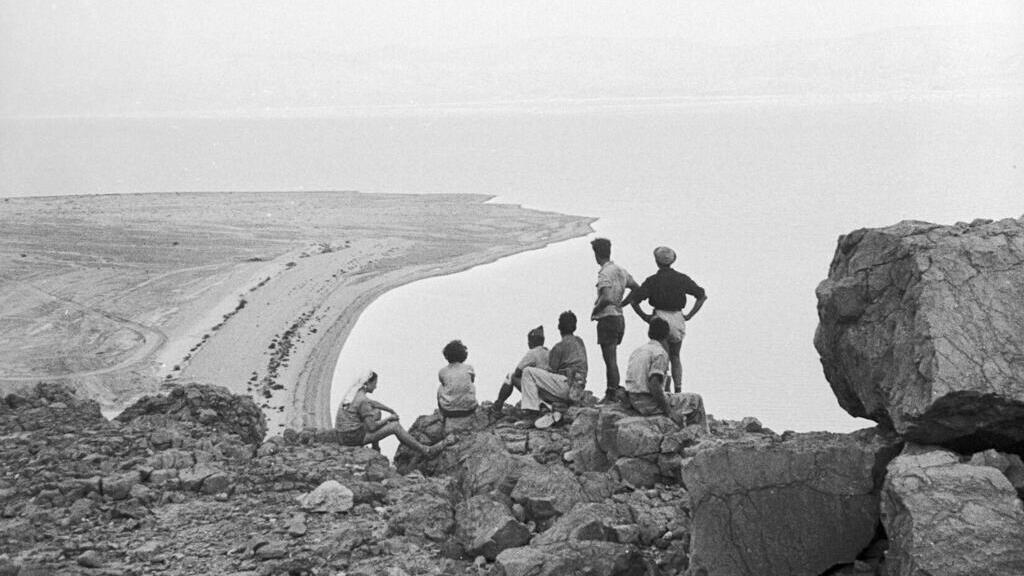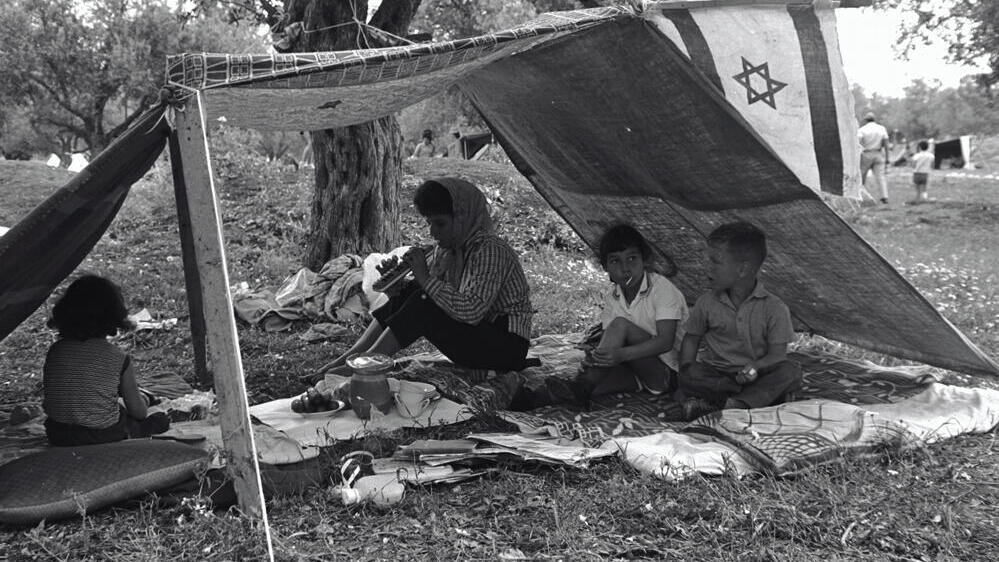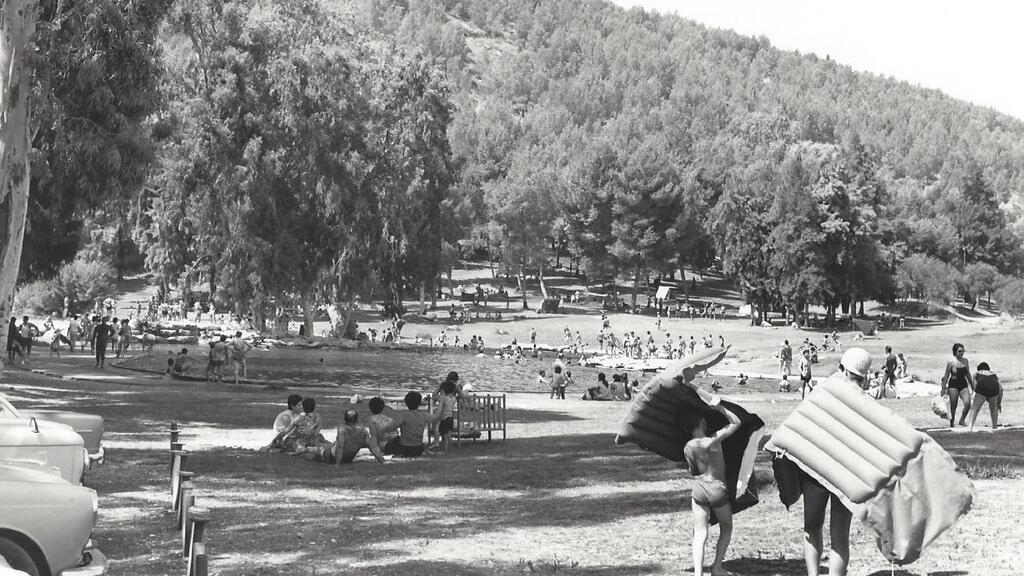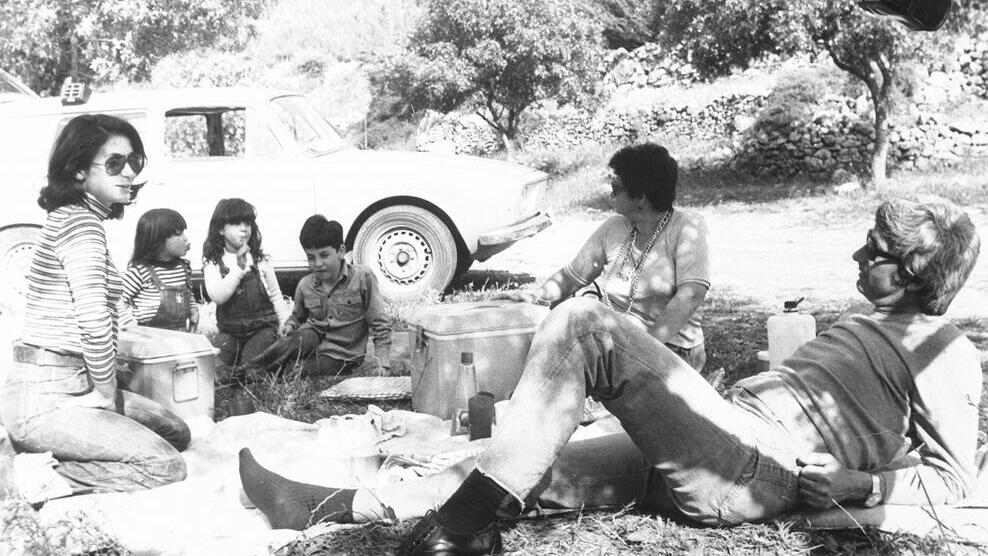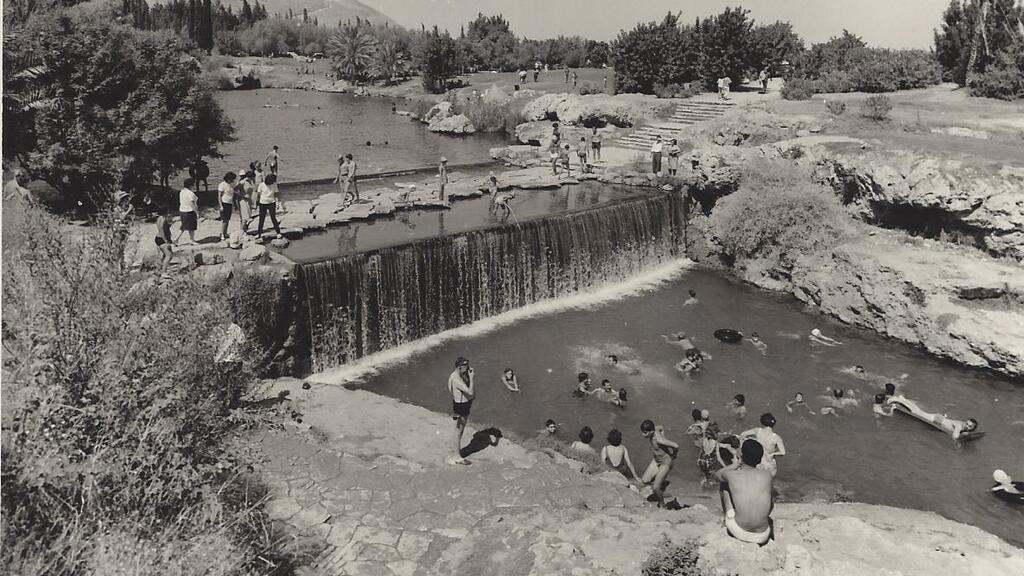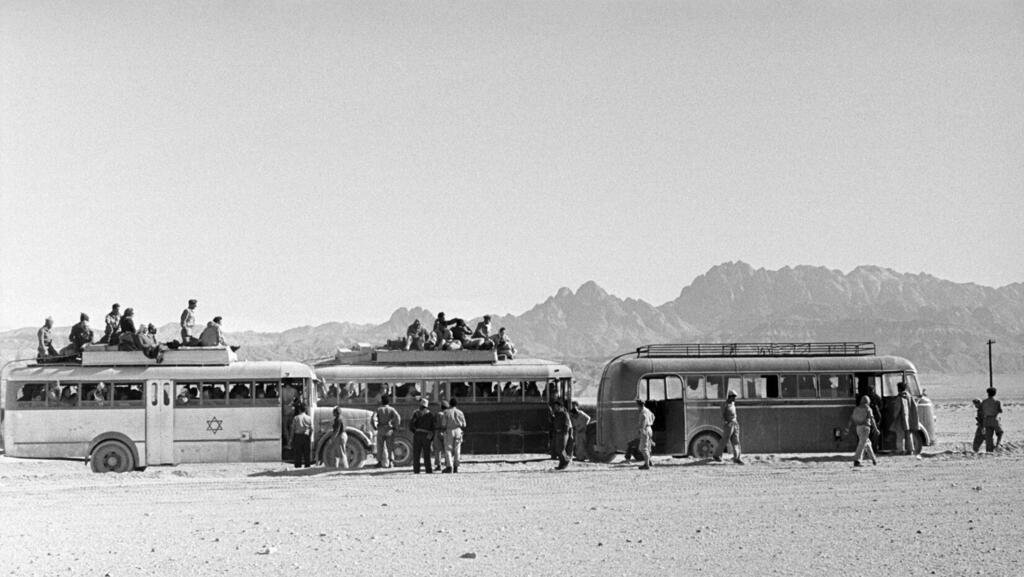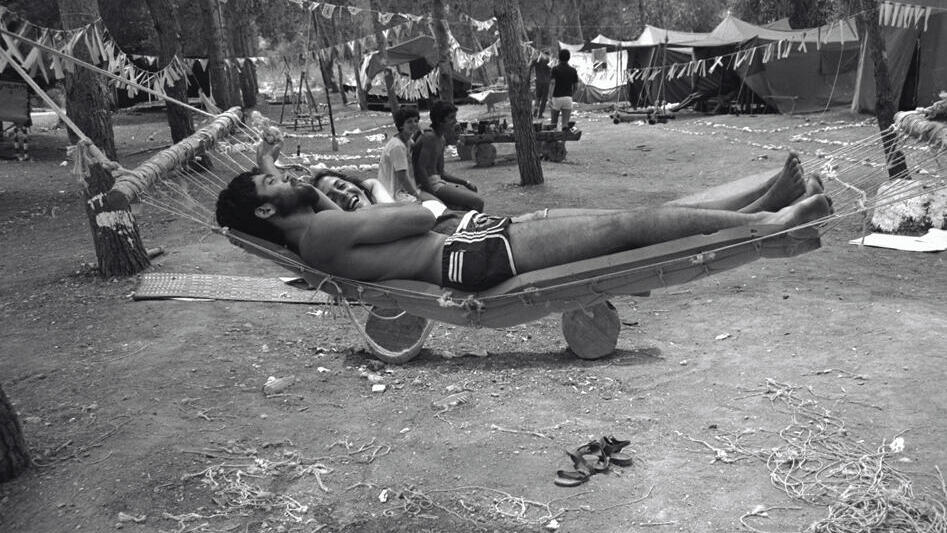To honor the 75th anniversary of Israel's statehood, we've curated a collection of nostalgic recollections of nature, highlighting the profound and undying connection between Israelis and their land.
Related stories:
Through the nostalgic photographs and memories of seasoned nature experts, learn how Israelis' relationship with nature has evolved over the last three-quarters of a century.
From compasses to smartphones
"Over the last few decades, the popular trails were heritage and pathos trails - Masada, Burma Road, Mount Hermon Trail, and so on," says Noa Tal, Head of Planning at KKL Jewish National Fund. "Today the themes of trails are various and broad and based mostly on views, springs and flowing water, flower bloomings and seasons."
Likewise, travelers of earlier generations were more interested in battle legacies and Bible stories, according to Pnina Levanon, KKL Public Absorption Coordinator in the Western Galilee-Carmel Tours.
Levanon also said that Israelis back in the day tended to be more independent when going hiking, and would simply explore an area without having prior knowledge of the region or the trails. "People went hiking with maps - if they were even accessible - and with a compass," rather than with a smartphone.
"They had good orientation and learned how to navigate, they knew how to locate the North Star," she said.
Itzik Ben Dov, from the Society for the Protection of Nature in Israel, reminds us that during Israel's earlier days, neither the trails nor the maps were well marked like they are today.
'People traveled wherever they wanted'
"People traveled wherever they wanted, in remote places, and also pitched a tent and slept anywhere they wanted," Levanon recalled. "Today, hikers that want to experience new and unknown trails and choose for themselves where to sleep - cannot do so, because they are limited by the trails markings and other laws relating to nature conservation."
According to Noa Tal, the shift in hiking trends reflects the change in Israeli society altogether. The growing population density in Israel, and the "load on every meter of nature and open space" is increasing, entailing stricter regulation and guidance for hikers.
"When we were few people and lots of nature - we traveled wherever and whenever we wanted. Today, if we allow that to happen, nature will be destroyed," she said.
Nature influencers drive out geographers and trailblazers
Back in the day, nature lovers relied on tour guides, geographers, trailblazers, and authors of travel books in order to dive deeper into what Israel's landscape has to offer. Today, these occupations are almost unheard of, and the public consumes all of its traveler information from bloggers and influencers via social media.
Some of the most prominent influencers in the field today are Amit Bacho, Ohad the Nomad, Eretz Dagan, and Ben Pershitz AKA North Israel Guider.
"My influence, for example, stems from the easy way in which I make nature accessible in Israel, without so much stories or history," explains Dagan. "I focus on ways to get to places, and I work hard to find the exact Waze pinpoint for them.
"This way, there is validation to visit nature, which was missing for most of the public, that doesn't really travel but love the land of Israel."
The downsides of innovation - 'Once we walked in nature with great care and awe, today motorcyclists trample and destroy nature'
Convenient trails and accessible information is not always a blessing, however. Hikes that were once designated only for those who were ready to take on a challenge, which included carrying all the necessary equipment and planning out the logistics. Nowadays, it is common for hikers to rely on family, friends, or even services to help them with these tasks. For example, it's not uncommon for backpackers to call their parents and ask them to drive over food and water to their campsites.
"Alongside pedestrians and trekkers, there are bicycles, jeeps, rappellers, motorcycles, and horse riders. Many no longer go out to nature with only a backpack and a stick, but also with a generator and lighting, speakers, drones, and more," said Iris Hahn, CEO of the Society for the Protection of Nature in Israel.
17 View gallery
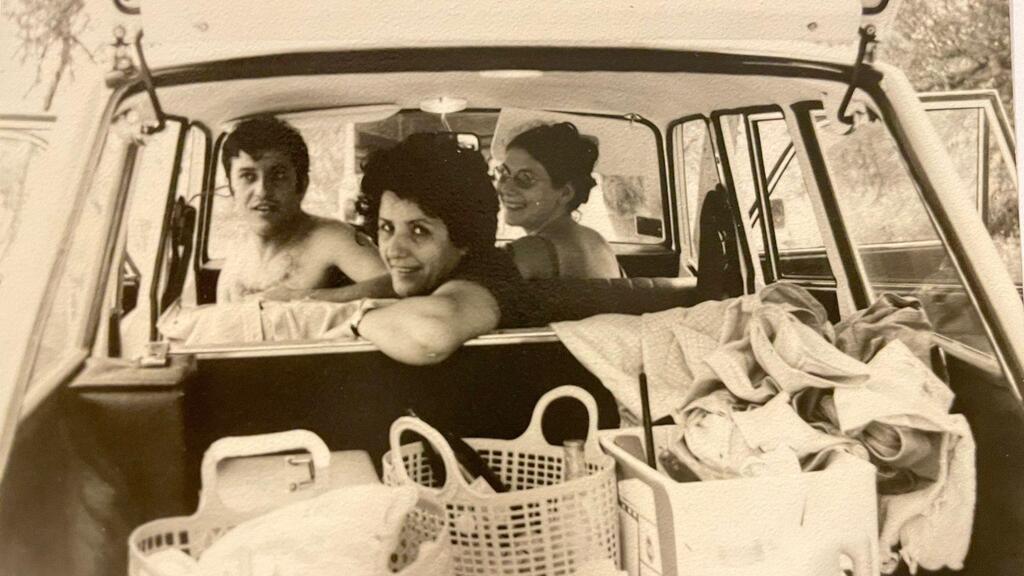

En route to Masada, 1972
(Photo: Tzipi and Oded Barzida, courtesy of the Society for the Protection of Nature in Israel)
Adi Noy from KKL attested that "consumer culture is evident here. Travelers today are less likely to bring food and a thermos from home, and they are happy to stumble upon a refreshment stand or a coffee truck.
"Same goes for services - there is an expectation for a clean bathroom, a hidden bush is not enough, and thus wet wipes are more commonly found in open spaces. Even sleeping services - while it is still common to sleep under the stars, meaning camping in nature, it's no coincidence that regulated campsites with toilets, showers, and snack bars are gaining popularity - and they aren't so cheap. The hostels and hotels were born to cater to travelers who sought out authentic accommodation, but not in camping conditions."
Unfortunately, the tourist industry's evolution towards allowing it to accommodate everyone has its downsides. Campsites are often much dirtier, suffer air pollution, and the serenity that was once part of the experience is now difficult to find.
"If once we walked in nature with great care and awe, today motorcyclists trample and destroy nature," said Gilad Mastai, the Jewish National Fund's director of the Shfela and Coastal Region. "And not only have we not made progress in the culture of maintaining cleanliness - it's only getting worse."
Chasing after a thrill
Another not-so-surprising attribute of the modern Israeli traveler is that nature on its own is no longer an exciting enough excursion, and he/she seeks a main attraction that will make each event memorable.
Accordingly, Israelis look for sites with water, extreme bike trails, rappelling, and other special activities.
17 View gallery
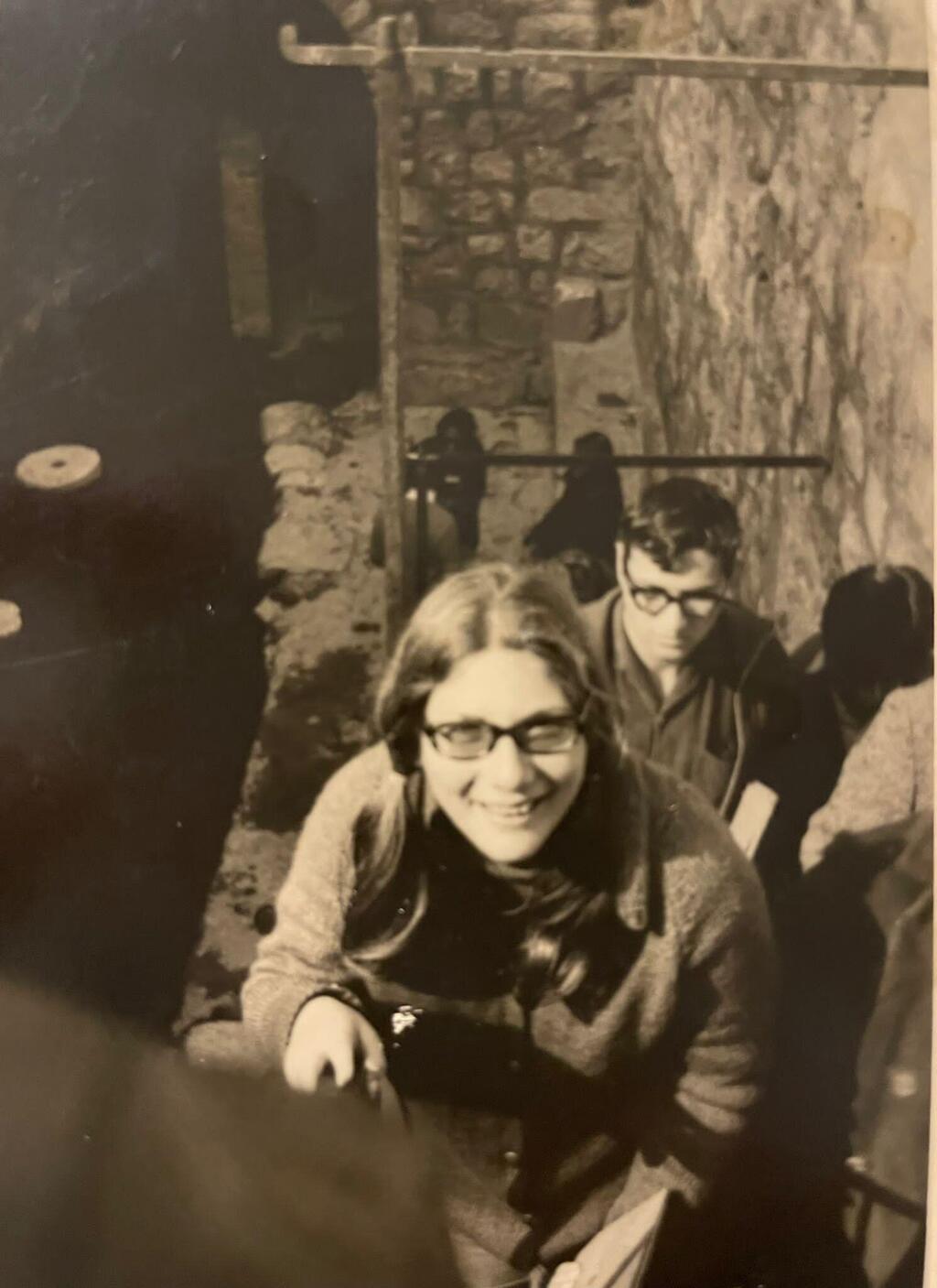

Hezekiah’s tunnel,1970
(Photo:Tzipi and Oded Barzida, courtesy of the Society for the Protection of Nature in Israel)


